Innovations in blood testing technology have significantly enhanced the efficiency and speed of diagnostics. Rapid Diagnostic Test Kits exemplify this progress, enabling the immediate detection of blood pathogens such as HIV and malaria. These kits are user-friendly and portable, allowing for point-of-care testing by individuals without medical training.
Microsampling technology represents another leap forward, facilitating painless blood collection via single-use devices. Volumetric Absorptive Microsampling (VAMS) is a notable technique within this category, allowing for the precise collection of blood components with minimal skin invasion.
Glucose meters, or glucometers, have revolutionized diabetes management by enabling patients to conveniently monitor their blood sugar levels at home. These compact devices ensure that individuals can maintain their health on the go.
Blood Chemistry Analyzers are versatile instruments used to assess various blood components, including protein levels, thyroid function, and the presence of illegal substances. Their use spans from medical institutions to schools and laboratories.
Lastly, the Complete Blood Count (CBC) Test automates the assessment of red and white blood cells and platelets, playing a crucial role in routine health checkups and early disease detection. These advancements collectively contribute to a future where blood testing is more accessible, less invasive, and significantly faster, offering a broad spectrum of applications from clinical trials to home health monitoring.

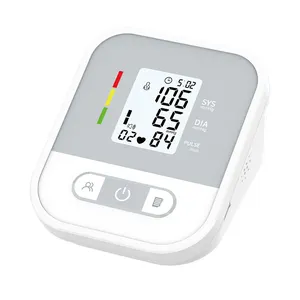




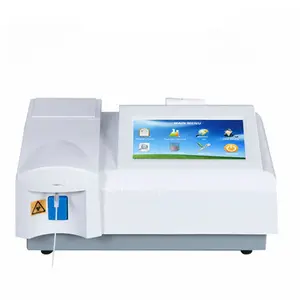
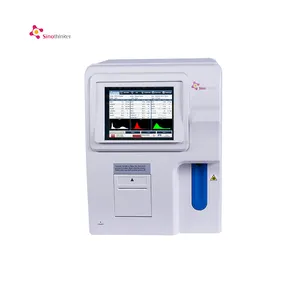
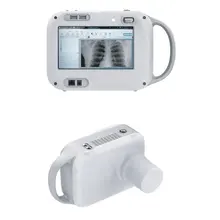







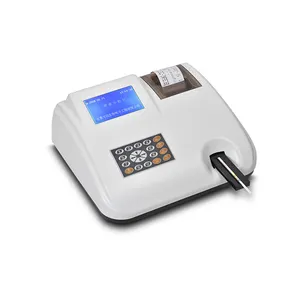














 浙公网安备 33010002000092号
浙公网安备 33010002000092号 浙B2-20120091-4
浙B2-20120091-4